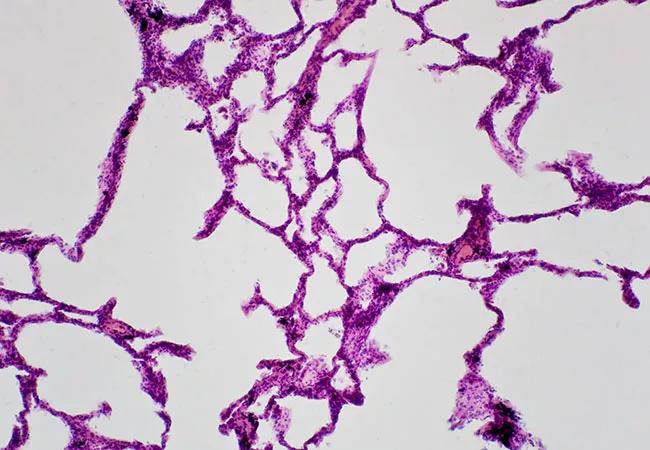Refer early, even when patients aren’t yet transplant candidates

Advertisement
Cleveland Clinic is a non-profit academic medical center. Advertising on our site helps support our mission. We do not endorse non-Cleveland Clinic products or services. Policy
Patients with chronic obstructive pulmonary disease (COPD) are one of the largest cohorts referred for lung transplantation. However, the criteria for referral and the indications for transplant aren’t always clear.
Regardless, early referral to a transplant center is always beneficial, even if the patient is not yet deemed to be a transplant candidate.
COPD is the third leading cause of death globally and remains the most common reason for lung transplantation worldwide. Patients with COPD and alpha-1 antitrypsin deficiency (AATD) accounted for 34.7% of all lung transplants performed between 1995 and 2018, according to an International Thoracic Organ Transplant Registry report.
It is important to note several key differences between COPD and other end-stage lung diseases that merit referral for lung transplant. Patients with COPD:
Advertisement
The median survival after lung transplantation is 6.7 years. Even for patients with advanced COPD, this time may be shorter than the expected survival without transplant. Because of the slow progression of COPD, a survival benefit from transplant is not always easy to discern.
To identify patients most likely to benefit from transplant, we must consider:
Advertisement
Therefore, it is challenging to identify patients with advanced COPD who will achieve both a survival and quality-of-life benefit from a lung transplant. Determining a patient’s suitability for transplant is a complex decision made by engaging the expertise of multidisciplinary teams and considering the best available data. Decisions are made on a case-by-case basis, but patients typically are listed for transplant when they meet at least one of the following criteria:
When a patient doesn’t (or doesn’t yet) qualify to be listed for transplant, there are several management strategies to consider:
Advertisement
Previous cardiothoracic surgery and endoscopic or surgical lung-volume reduction are not contraindications to lung transplantation.
In summary, not all patients with COPD will derive a mortality benefit from transplant. Identifying those who are likely to benefit can be challenging. Management strategies are available for patients who do not yet but may ultimately have a survival benefit. Early referral to a transplant center is beneficial because it allows the opportunity to optimize a patient’s condition to make them the best possible candidate for lung transplant.
About the author: Dr. Gadre is a lung transplant physician and critical care specialist in Cleveland Clinic’s Respiratory Institute. This article is based on her presentation “COPD: When and Whom to Refer for Lung Transplantation?” at the 2020 CHEST® Annual Meeting.
Advertisement
Advertisement

The progressive training program aims to help clinicians improve patient care

New breakthroughs are shaping the future of COPD management and offering hope for challenging cases

Exploring the impact of chronic cough from daily life to innovative medical solutions

How Cleveland Clinic transformed a single ultrasound machine into a cutting-edge, hospital-wide POCUS program

Collaborative patient care, advanced imaging techniques support safer immunotherapy management

Potential options for patients who do not qualify for modulator therapies

Rising rates in young miners illustrate the need for consistent prevention messaging from employers and clinicians

Clinicians generally follow pharmacist advice, but more can be done